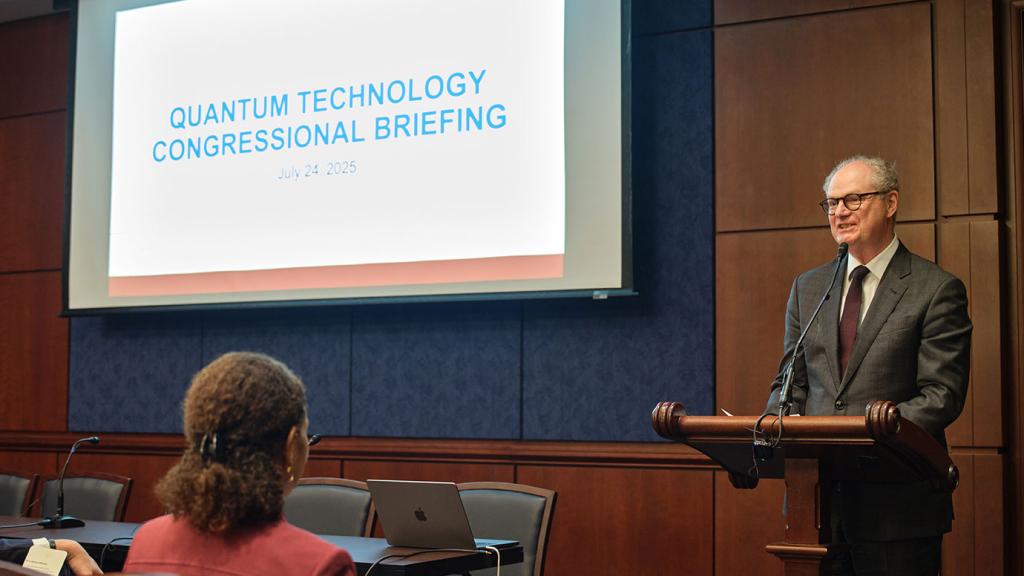In late 2009, U.S. Department of Energy Secretary Steven Chu outlined the Department’s plan to establish and operate Energy Innovation Hubs focused on accelerating discovery and development in key areas of U.S. energy research.
Modeled after the concentration of brainpower and resources that defined the Manhattan Project, these integrated research centers combine basic and applied research with engineering to accelerate scientific discovery and overcome critical energy-related challenges.
Based out of Argonne National Laboratory, the Joint Center for Energy Storage Research (JCESR), DOE’s Energy Innovation Hub, focused on advanced batteries and energy storage, was awarded late last year. With up to $120 million in funding from the DOE’s Office of Science, JCESR’s goal is to create batteries with five times the energy density of today’s batteries at one-fifth the cost—and to achieve this within five years.
Currently, JCESR is building a library of fundamental knowledge of the materials and phenomena of electrical energy storage at the atomic and molecular level. With this knowledge, JCESR will then develop two research prototypes, one for the car and one for the grid, that, when scaled up to manufacturing, have the potential to meet JCESR’s 5-5-5 goals described above.
The JCESR Hub is made up of 14 partners:
- Five national laboratories: Argonne National Laboratory, Lawrence Berkeley National Laboratory, Pacific Northwest National Laboratory, Sandia National Laboratories, and SLAC National Accelerator Laboratory
- Five universities: Northwestern University, University of Chicago, University of Illinois-Chicago, University of Illinois at Urbana-Champaign, and University of Michigan
- Four private sector partners: Applied Materials, Inc., Clean Energy Trust, Dow Chemical Co., and Johnson Controls, Inc.
“The scientific team we’ve assembled is second to none,” said George Crabtree, director of the Joint Center for Energy Storage Research. “Being a part of the Chicago Innovation Exchange will not only give us a physical presence in Chicago. It will also enable us to leverage the cutting edge discoveries that come out of the JCESR team and others at Argonne.”
JCESR has put a robust management system in place, including advisory committees (science and commercialization), a governance board, and an institutional leadership panel. The team is conducting research across all partner sites with an aggressive under-one-roof communications strategy to ensure synergy and to leverage scientific discoveries across disciplines and organizations.
To date, two scientific journal articles have been published on rational design of high-performance Li2S cathodes. In addition, a patent application has been filed for a discovery that incorporates percolating networks of nanoscale conductors that improve charge transfer kinetics in liquid electrodes. JCESR has also begun modeling alternate designs of lithium-air batteries and testing the first research prototype of a Mg-ion battery.
“JCESR is making great progress on its 5-5-5 goals, and Clean Energy Trust is proud to assist with the commercialization of the research for the benefit of the broader American public,” said Amy Francetic, chief executive officer of Clean Energy Trust. “Great things happen when scientists collaborate across disciplines and institutions.”







